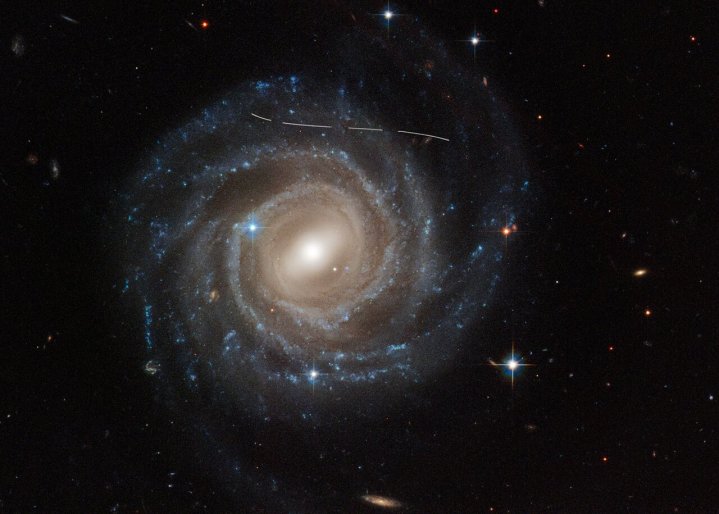The Hubble Space Telescope is most famous for taking images of far-off galaxies, but it is also useful for studying objects right here in our own solar system. Recently, researchers have gotten creative and found a way to use Hubble data to detect previously unknown asteroids that are mostly located in the main asteroid belt between Mars and Jupiter.
The researchers discovered an incredible 1,031 new asteroids, many of them small and difficult to detect with several hundred of them less than a kilometer in size. To identify the asteroids, the researchers combed through a total of 37,000 Hubble images taken over a 19-year time period, identifying the tell-tale trail of asteroids zipping past Hubble’s camera.

To work through so much data, the professional astronomers recruited citizen scientists to help sift through an archive of Hubble images and look for indications of asteroids as part of the Hubble Asteroid Hunter project. They also used machine learning to pick out the signs of an asteroid “photobombing” a Hubble image, by leaving a streak across an image as the asteroid passes by. That allowed them to find a surprisingly large number of objects.
“We are getting deeper into seeing the smaller population of main-belt asteroids. We were surprised to see such a large number of candidate objects,” said research lead author Pablo García Martín of the Autonomous University of Madrid, Spain, in a statement. “There was some hint that this population existed, but now we are confirming it with a random asteroid population sample obtained using the whole Hubble archive. This is important for providing insights into the evolutionary models of our solar system.”
By looking at the streak shape left in the images, some over multiple exposures, astronomers can calculate the orbits of the asteroids and how far away they are. Then by comparing the brightness of each object to its distance, they can work out its size.
“Asteroid positions change with time, and therefore you cannot find them just by entering coordinates, because at different times they might not be there,” said research co-author Bruno Merín, of the European Space Astronomy Centre in Madrid, Spain. “As astronomers we don’t have time to go looking through all the asteroid images. So we got the idea to collaborate with more than 10,000 citizen-science volunteers to peruse the huge Hubble archives.”
The research is published in the journal Astronomy and Astrophysics.
Editors' Recommendations
- Hubble spots a bright galaxy peering out from behind a dark nebula
- Hubble captures the dramatic jets of a baby star
- See what James Webb and Hubble are observing right now with this tool
- Hubble spots a massive star forming amid clouds of dust and gas
- NASA has collected a whopping 121 grams of sample from asteroid Bennu




